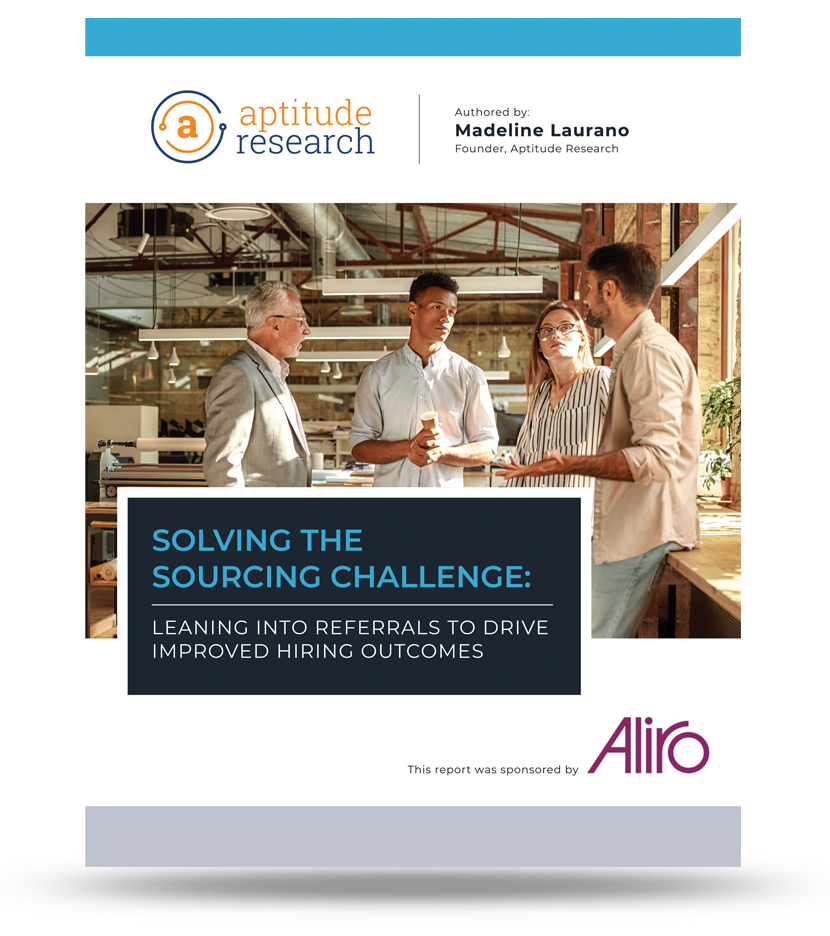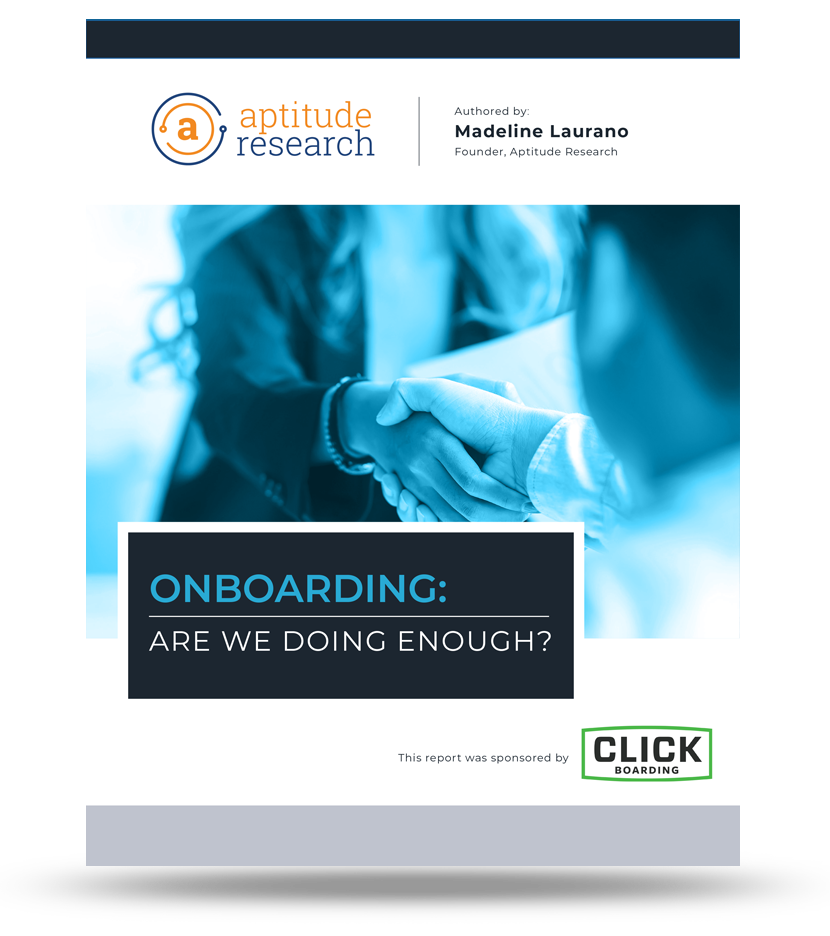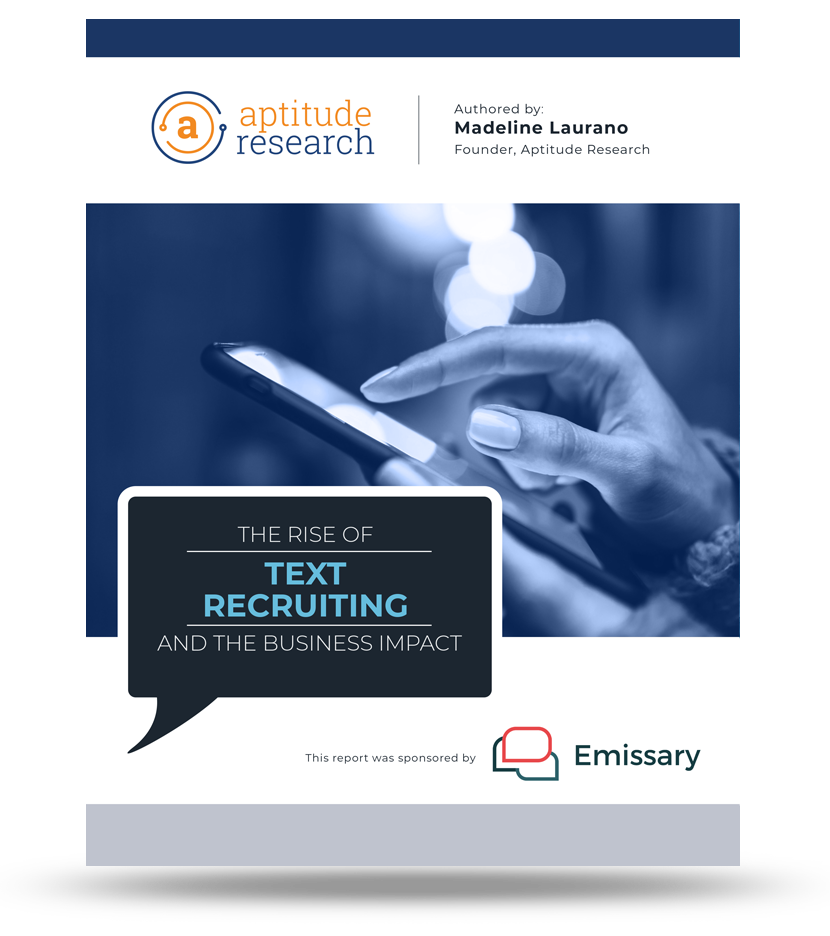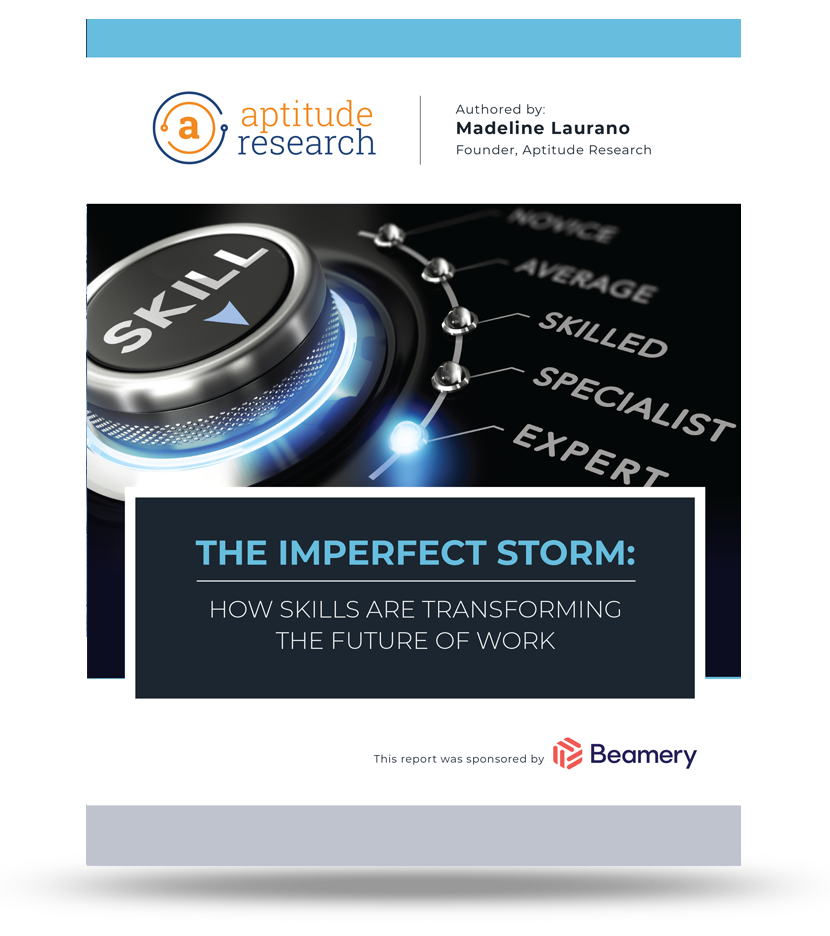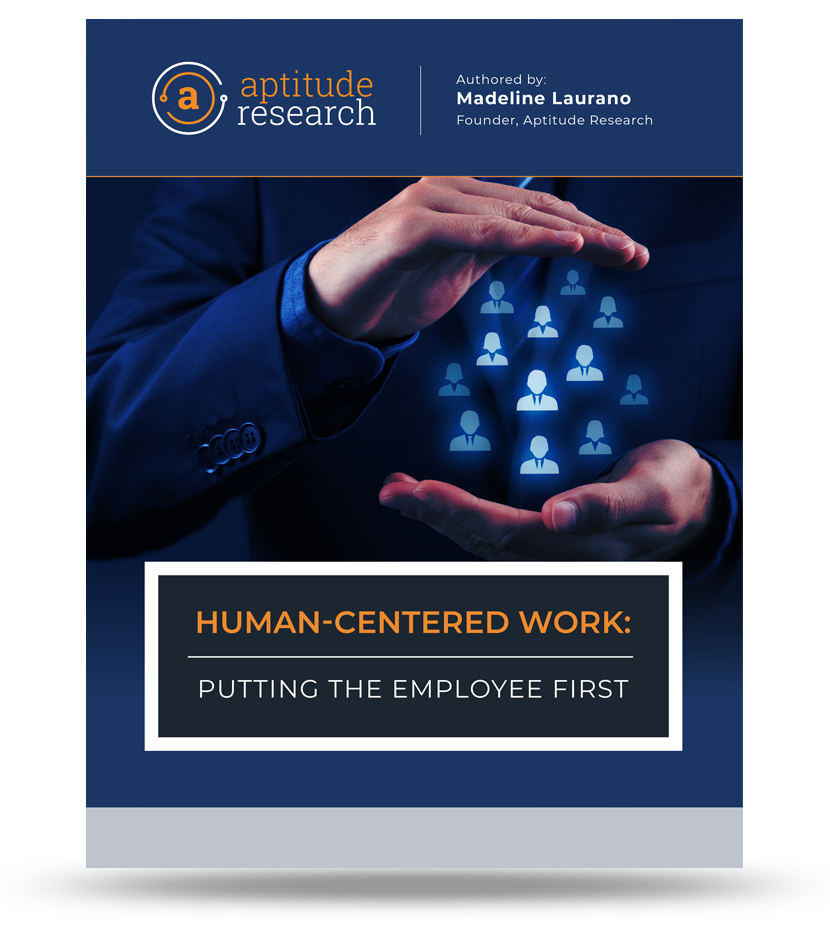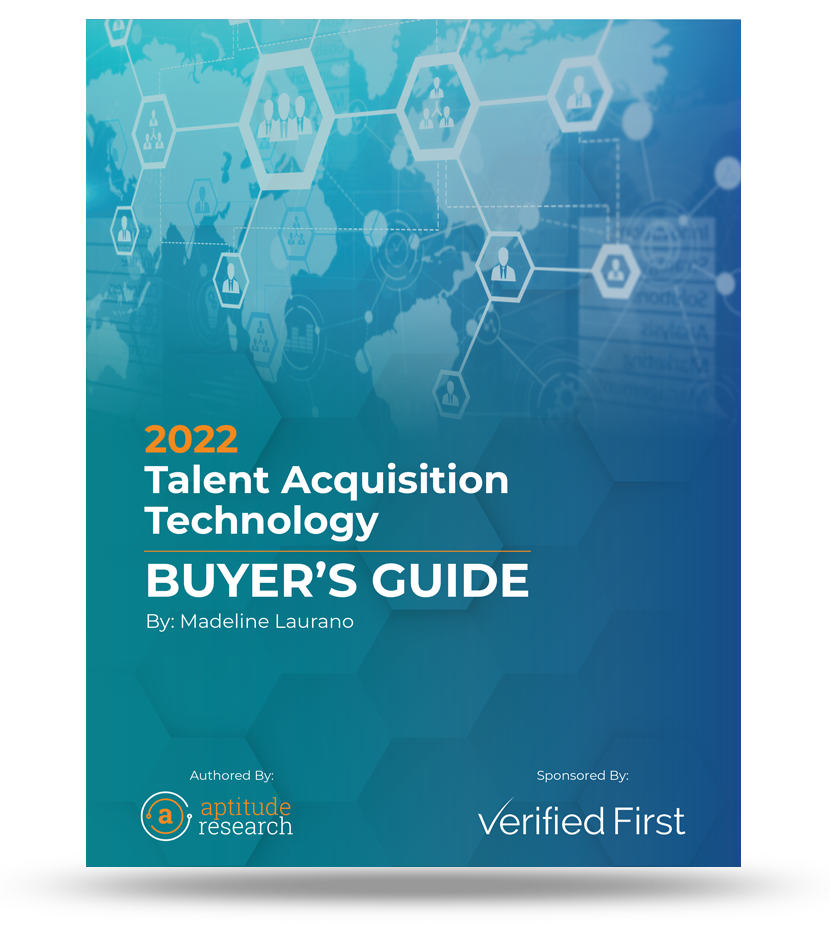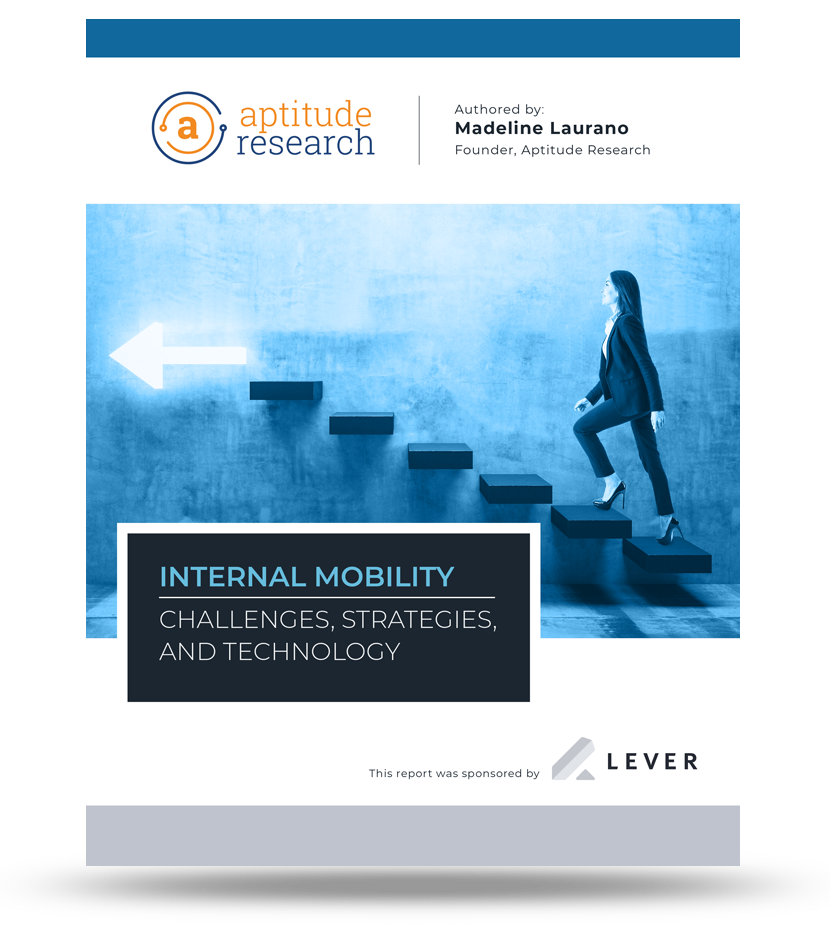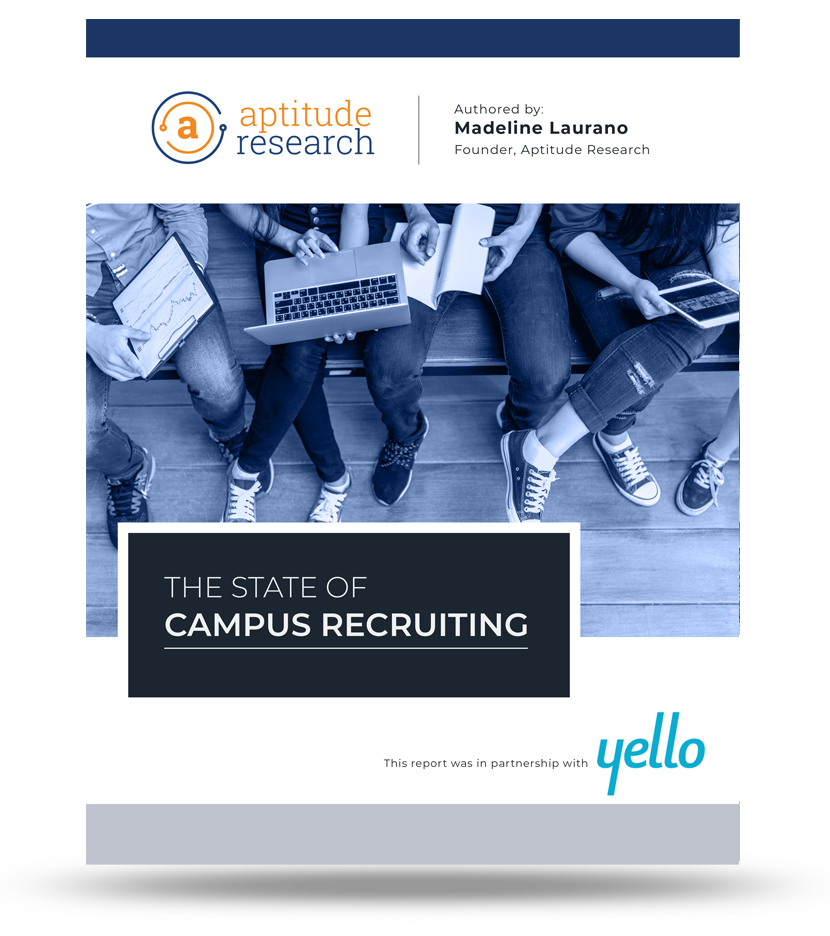The demand for talent acquisition (TA) technology has accelerated over the past two years in response to the pandemic and labor market. In fact, 63% of companies are using more TA solutions today than pre-COVID.
While the TA tech landscape continues to evolve with new providers and categories, AI remains the common denominator – and the interest and investment in AI show no signs of stopping. Today’s companies have more options than ever before, but navigating this landscape and truly understanding AI’s impact is complex even for the most sophisticated buyers. Companies are not always clear what solutions to consider and what drives results.
This report looks at the evolution of TA technology and the impact AI will have on the future of talent acquisition. Specifically, it examines the following:
- How TA technology has evolved over the past two decades
- The driving forces behind today’s TA tech decisions
- How priorities have shifted and what companies are replacing
- The role AI plays in the future of TA

